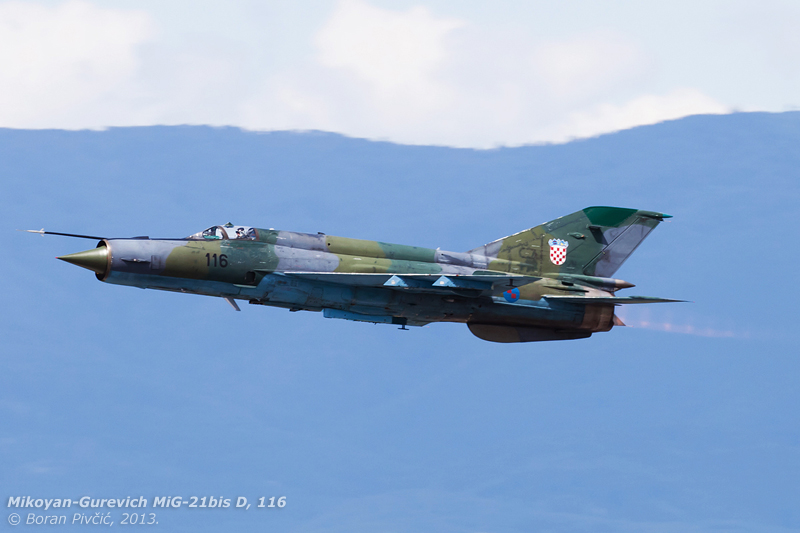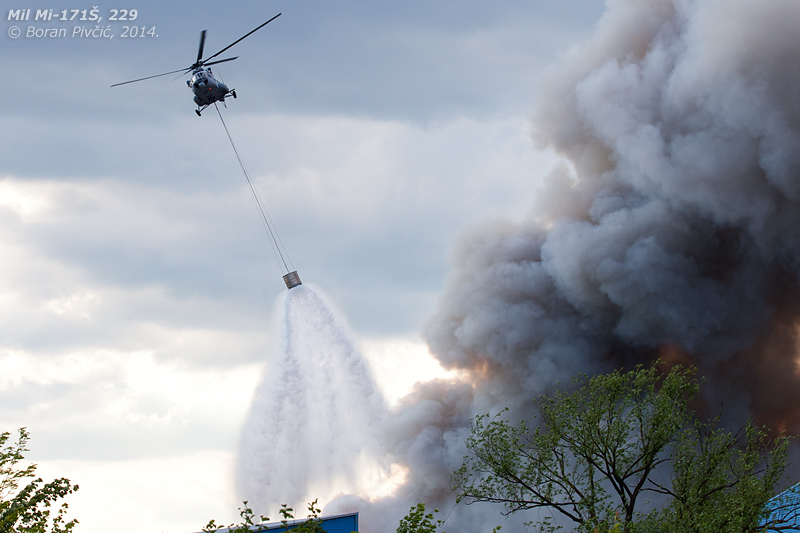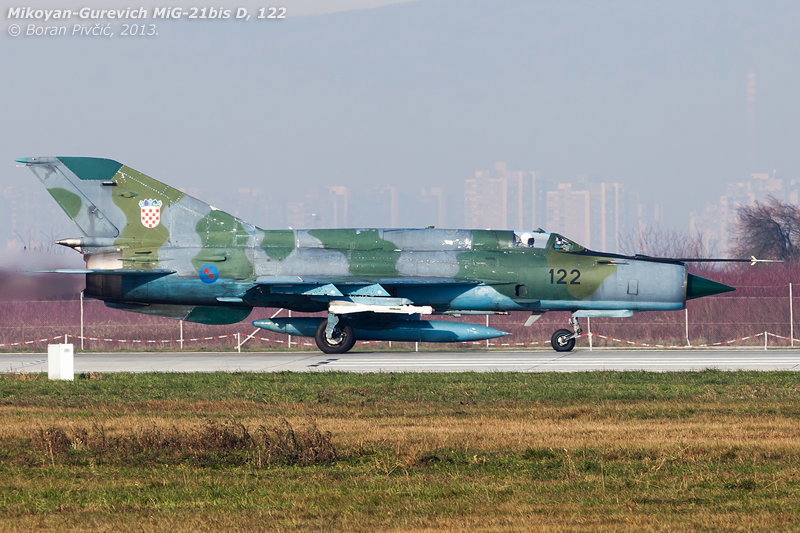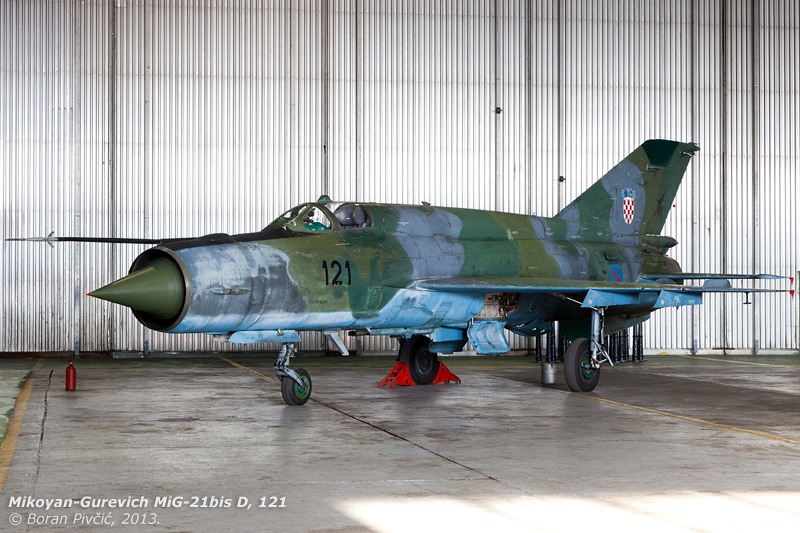By me
All photos me too, copyrighted
Even though this year’s flying season has already started to pick up at Lučko – albeit slowly – there’s still not all that much going on to provide for a steady stream of quality photo material. Having been invigorated by several days of straight sunshine and 20-odd Centigrade temperatures, I was, however, desperately itching to photograph something with wings, be it big, small, fast or slow. Not unexpectedly, this desire had in the end taken me to Pleso (LDZA), which – while a bit weak on the GA front – nevertheless has a number of other gems at its disposal… 🙂

One of several MiG-21 flights of the day, “Knight 96” is seen recovering into RWY 23 after a training flight. The morning had also seen sorties by the Croatian AF’s AT-802 and Mi-171Š, making for a thoroughly impressive spectacle!

A little visitor from Germany that will eventually become the newest resident of the Croatian register. A type that’s not all that common in around here – its population standing at just two examples – the Arrow is one of Piper’s most popular newer-generation singles, and combines retractable gear, a constant speed prop and (in the Turbo version) a turbocharger into one relatively cheap package. D-EPAP seems to be one of the better examples, having been manufactured in 1982 and equipped with a full IFR suite, Garmin GNS430 moving map GPS, stormscope and digital CHT/EGT gauges.

Another very interesting visitor caught taxiing towards RWY 05 for departure to Munich under callsign “RAFAIR 7160”. While not the first Chinook to visit Zagreb, ZA704 is definitely one of the more interesting ones, being in fact a “composite” airframe sporting the rear rotor boom of CH-47D ZH257. The latter is a nugget as well, having originally flown with the Argentinian military as AE-520 – and captured by the British on the Falklands in 1982. Going on to serve as an instructional airframe, it would donate its behind to ZA704 following the latter’s tail rotor strike in Oman in 1999.

A far more dynamic scene than in real life as ZA704 accelerates after lift off from RWY 05. Like all other RAF Chinooks, it is based at RAF Odiham in central England, a straight-line distance of 1,400 km from Zagreb… meaning ZA704 has quite a bit more to fly yet!

Pick your turboprop! From the big and fast to the small and slow, we have it all! Representing 75% of the companies engaged in commercial passenger transport in Croatia, this lineup consists of Dash 8 Q400 9A-CQB (flown by Croatia Airlines), ATR-42-300 OY-CHT (owned by Fly Denim, but operated on behalf of Air Croatia) and Embraer EMB-120 HA-FAL (flown for local carrier Trade Air).

While not really a rare aircraft in itself, Air Croatia’s sole ATR-42 nevertheless deserves some mention – if anything because of the operational mash-up behind its existence. While it does say “Croatia” on the tin, Air Croatia is actually a Swedish-owned company – and is in fact not an airline, but a tour operator just selling tickets. The flights themselves are operated by Fly Denim of the Netherlands (with its own Air Operator Certificate), using an aircraft registered in Denmark and flown by a cockpit crew provided by Spanish company Aeronova…

















































